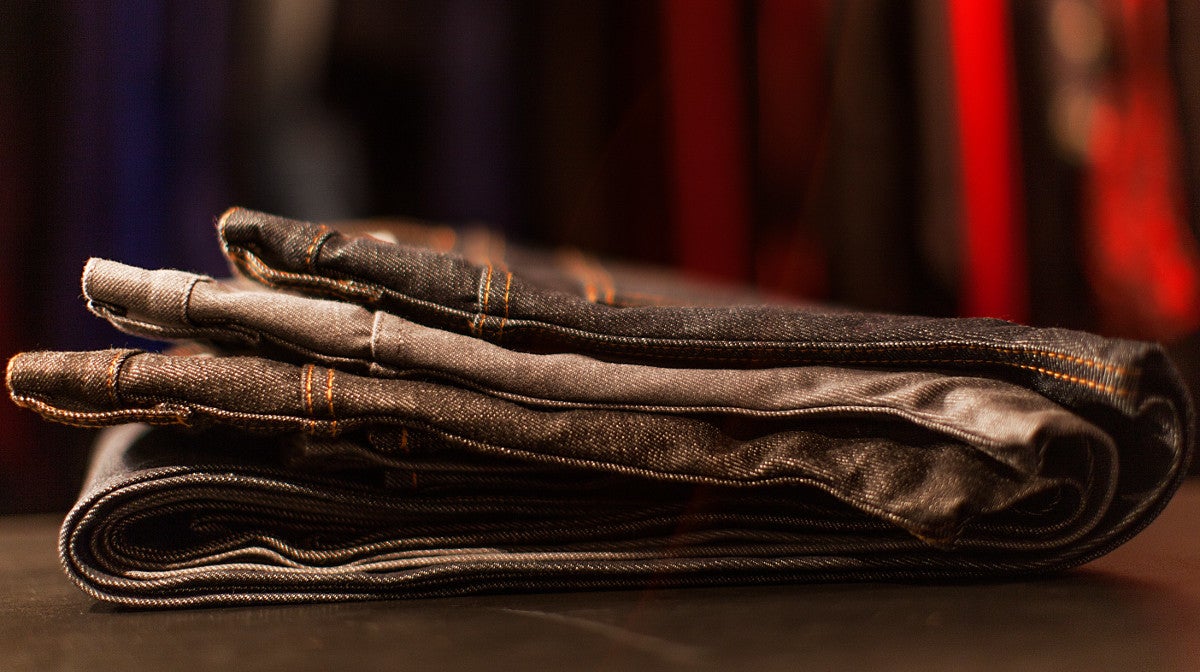Everything you need to know about Selvedge

When faced with a range of denim styles at differing price ranges and fits, selecting the right denim for you can sometimes seem like a science. We’ve become accustomed to standards of quality everywhere else in daily life but with denim, one of the most common and popular fabrics on the planet, so many of us remain in the dark. The truth is two things will often dictate what makes a pair of jeans truly great, superior denim quality and fit.
Today, superior denim has become synonymous with selvedge. By definition, the selvedge is “the edge of woven fabric finished so as to prevent ravelling, often in a narrow tape effect, different from the body of the fabric” (dictionary.com). The word itself comes from the Middle English combination of “Self” and “Edge” and it's no coincidence that selvedge lends a sense of identity and personality to every pair of jeans.
Selvedge has been the hallmark product of traditional denim looms since the late 1800s. To this day, these looms create tightly woven and heavier denim in strips that are long but very narrow. As a direct result, the jean manufacturer had to weave the fabric all the way to the edges, which were consequently bound. The edge would be bound in various different colours (red being the most common), practice fabric mills use to differentiate between fabrics. You can see an example of this practice below, as the fabric dries for our very own selvedge Renhsen x Coggles jeans.
Today you’re unlikely to find any of these original looms in America anymore. In the 1950’s American jean manufacturers such as Levis switched to the projectile loom, a faster and more efficient process for the manufacturer. A faster process, but one which ultimately gave the consumer a lower quality product. Japan, hot on the heels of American fashions, quickly snapped up all of the original looms available. Today, Japanese selvedge is the denim gold standard. This is also why our Renhsen X Coggles denim is made in Japan, and being produced by some of the most skilled denim producers available.
It's worth noting that mass-produced denim weighs on average between nine and eleven ounces per yard whereas selvedge generally weighs thirteen ounces per yard. As you can see, the denim produced by the traditional looms is much heavier and can even have up to twice the amount of fabric in some cases. The heavier denim means the jeans last longer and are much more durable. No pair of real selvedge jeans are ever the same, each pair inheriting the natural creases produced by the wearer and ageing naturally over time. Although seemingly expensive in comparison to other denim available on the high street, a good pair of selvedge jeans will last years and into decades, providing true value for your hard-earned cash and a classic style that will never go out of fashion.
SHOP DENIM








